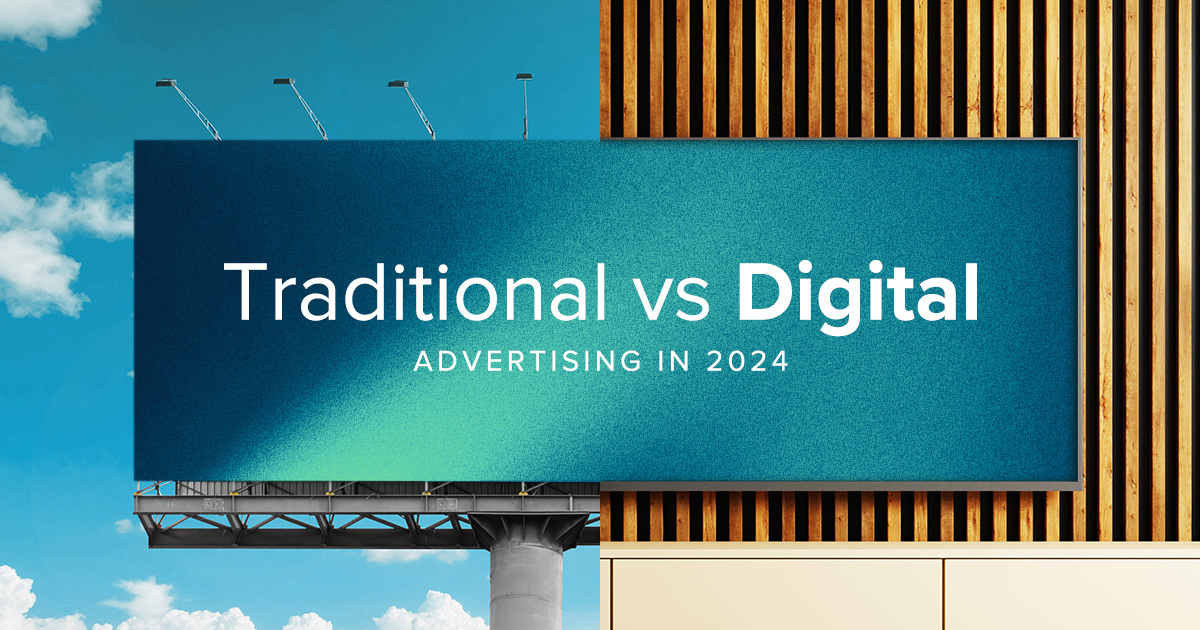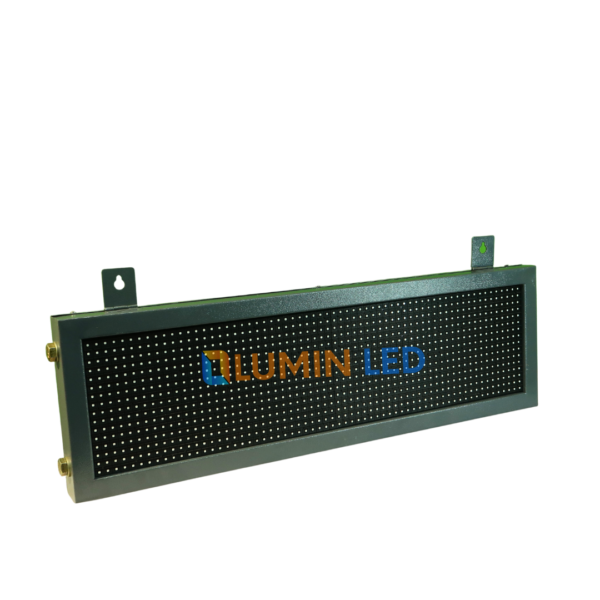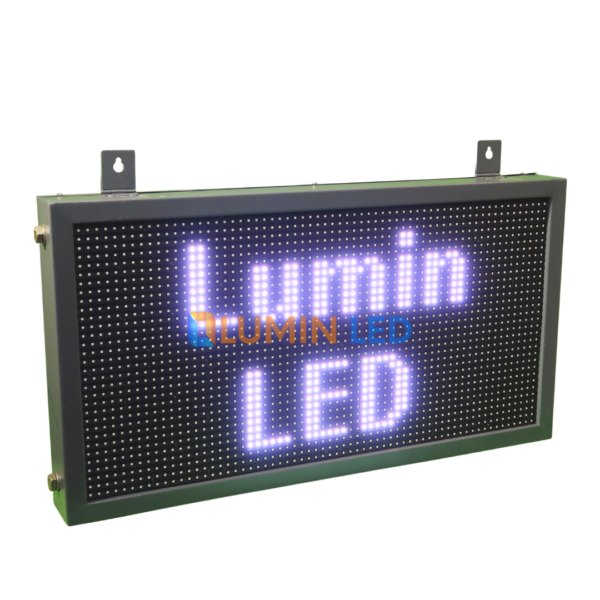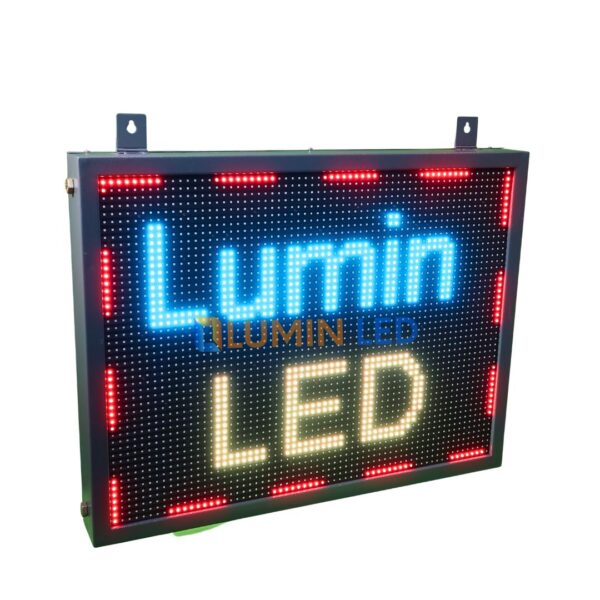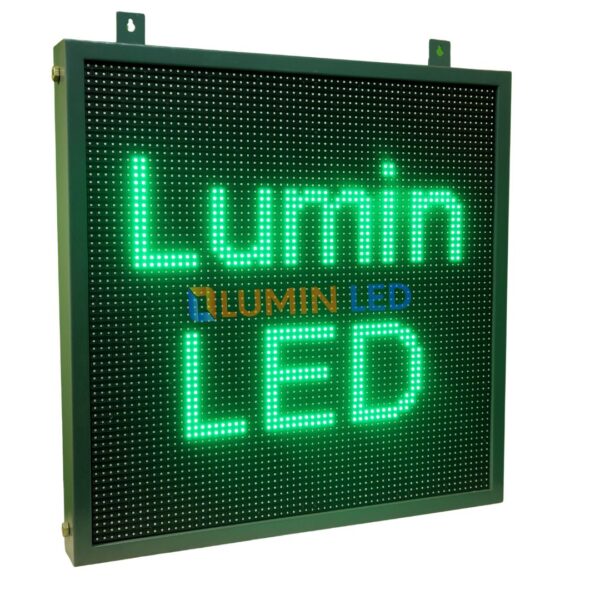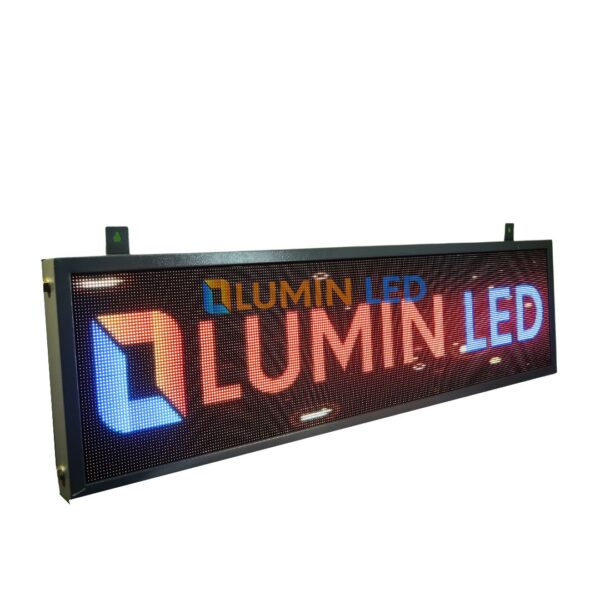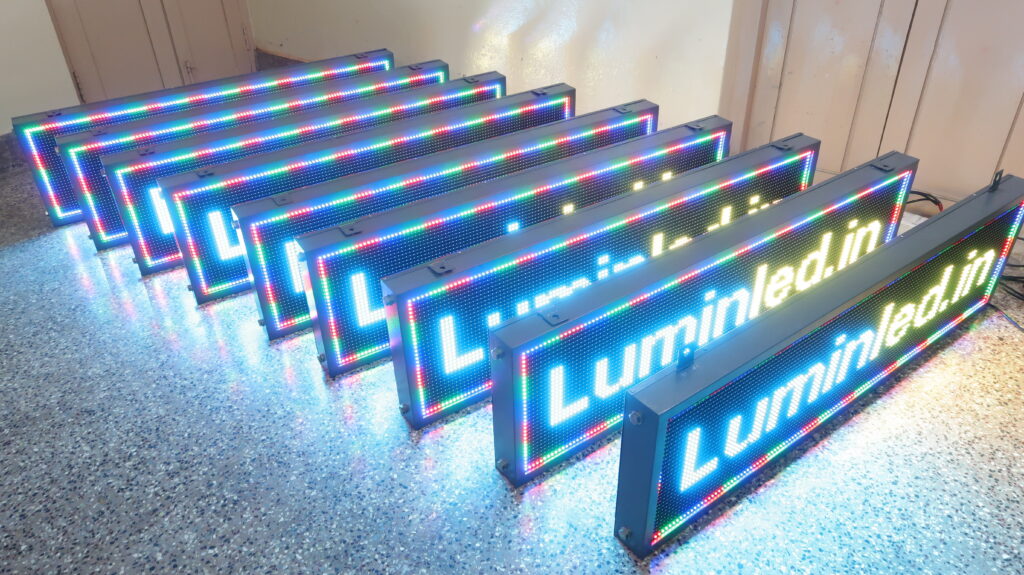
An LED scrolling display is a type of electronic display that uses light-emitting diodes (LEDs) to create a visual display, typically showing text, images, or animations. These displays consist of an array of LEDs arranged in a grid or a linear pattern. The LEDs can emit light of various colors, allowing for vibrant and eye-catching displays.
The scrolling aspect comes from the ability of the display to move text or images horizontally or vertically across the screen. This scrolling motion can be controlled manually or programmed to display specific content at predetermined intervals.
LED scrolling displays are commonly used in various applications, including:
- Advertising: LED scrolling displays are often used in outdoor advertising to display promotional messages, advertisements, or announcements. They are popular choices for storefronts, billboards, and public transportation displays due to their visibility and ability to attract attention.
- Information Displays: LED scrolling displays are used in various public spaces, such as airports, train stations, and shopping malls, to provide information to visitors. They can display flight information, train schedules, news updates, weather forecasts, and other relevant information in real-time.
- Sporting Events: LED scrolling displays are frequently used in stadiums and arenas to show live updates, scores, and statistics during sporting events. They enhance the viewing experience for spectators and keep them informed about the ongoing game.
- Corporate Messaging: LED scrolling displays are utilized in corporate settings to communicate messages, announcements, and company updates to employees, visitors, or customers. They can be installed in lobbies, conference rooms, or other high-traffic areas within an organization.
- Entertainment: LED scrolling displays are sometimes used for entertainment purposes, such as displaying animations, visual effects, or artwork. They are popular additions to concerts, festivals, and other live events to create dynamic and immersive experiences for attendees.
LED scrolling displays offer several advantages, including high visibility, versatility, energy efficiency, and durability. They can be customized to fit specific requirements and can be easily controlled and updated remotely using computer software or mobile apps.


Certainly, here are some potential cons of traditional advertising:
- Limited Targeting: Traditional advertising often reaches a broad audience, which may include many individuals who are not part of the advertiser’s target market. This lack of targeting can result in wasted resources and lower return on investment.
- High Costs: Producing and distributing traditional advertising materials, such as print ads, television commercials, or billboards, can be expensive. Costs can vary widely depending on factors like placement, production quality, and duration of the campaign.
- Difficulty in Measuring Effectiveness: Unlike digital advertising, which offers detailed analytics and metrics, traditional advertising can be challenging to measure in terms of its impact on brand awareness, sales, or customer engagement. It’s often harder to track and quantify the results of traditional advertising efforts.
- Limited Interactivity: Traditional advertising channels typically offer limited interactivity compared to digital platforms. Viewers cannot easily engage with or respond to traditional ads in real-time, which may reduce their effectiveness in driving immediate actions or responses from the audience.
- Inability to Update or Modify Quickly: Once traditional advertising materials are produced and distributed, making changes or updates can be time-consuming and costly. Unlike digital ads, which can be modified quickly and easily, traditional ads may require reprinting or reshooting, resulting in delays and additional expenses.
- Environmental Impact: Many forms of traditional advertising, such as print ads and direct mail, contribute to paper waste and environmental pollution. As sustainability becomes a growing concern for consumers and businesses, the environmental impact of traditional advertising practices is increasingly scrutinized.
- Fragmented Audience: With the rise of digital media and online platforms, traditional advertising channels may struggle to reach fragmented audiences who consume content across various devices and channels. This fragmentation makes it harder for advertisers to deliver cohesive and consistent messages to their target audience.
- Limited Geographic Reach: While traditional advertising channels like television and print media can reach a broad audience, they may have limited geographic reach compared to digital advertising platforms that can target specific locations with precision.
- Long Lead Times: Planning and executing traditional advertising campaigns often require long lead times, particularly for activities like printing and distribution. This can make it challenging for advertisers to respond quickly to changes in market conditions or consumer behavior.
- Decreasing Effectiveness: With the proliferation of digital media and ad-blocking technologies, some traditional advertising channels, such as television commercials and print ads, may be experiencing decreasing effectiveness as consumers increasingly seek out ad-free or ad-light experiences.
These are some of the common drawbacks associated with traditional advertising, highlighting the need for businesses to carefully consider their advertising strategies and explore a mix of traditional and digital channels to effectively reach their target audience.
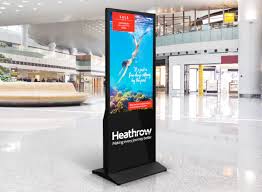
LED outdoor advertising displays offer several advantages, including:
- High Visibility: LED displays are bright and vibrant, making them highly visible even in outdoor settings and under various lighting conditions. This ensures that advertisements are easily seen by passersby, increasing the likelihood of capturing their attention.
- Dynamic Content: LED displays allow for dynamic and engaging content, including text, images, videos, and animations. Advertisers can create visually appealing and interactive advertisements that effectively convey their message and captivate audiences.
- Flexibility and Customization: LED displays offer flexibility in terms of content scheduling and customization. Advertisers can easily update and change the content displayed on the screen to reflect current promotions, events, or seasonal campaigns, ensuring that advertisements remain relevant and timely.
- Targeted Messaging: LED displays can be programmed to target specific audiences or locations, allowing advertisers to deliver tailored messages to different demographic groups or geographic areas. This targeted approach helps maximize the effectiveness of advertising campaigns and improves return on investment.
- Cost-Effectiveness: While the initial investment in LED displays may be higher compared to traditional advertising mediums, they offer long-term cost savings due to their durability, energy efficiency, and low maintenance requirements. LED displays have a longer lifespan and consume less energy than traditional lighting technologies, resulting in lower operating costs over time.
- Enhanced Brand Image: The use of LED displays can enhance a brand’s image and perception by conveying a sense of innovation, modernity, and sophistication. High-quality LED displays reflect positively on the advertiser’s brand and create a memorable impression among consumers.
- Real-Time Updates: LED displays can be updated in real-time, allowing advertisers to respond quickly to changing market conditions, trends, or events. This agility enables advertisers to capitalize on opportunities and stay ahead of the competition by delivering timely and relevant messages to their target audience.
- Greater Reach: LED outdoor advertising displays have the potential to reach a large and diverse audience, particularly in high-traffic areas or busy urban centers. By strategically placing displays in key locations, advertisers can maximize exposure and reach a broad spectrum of consumers.
- Environmentally Friendly: LED displays are more environmentally friendly compared to traditional advertising mediums, as they consume less energy and produce fewer greenhouse gas emissions. Additionally, LED displays can be recycled at the end of their lifespan, further reducing their environmental impact.
- Measurable Results: LED displays enable advertisers to track and measure the performance of their advertising campaigns in real-time. Advanced analytics and monitoring tools provide valuable insights into audience engagement, impressions, and conversion rates, allowing advertisers to optimize their campaigns for maximum effectiveness.
Overall, LED outdoor advertising displays offer numerous benefits for advertisers seeking to create impactful and memorable advertising campaigns that effectively reach and engage their target audience.
On sale products
-
2 Ft x 0.6 Ft Scrolling Display
₹3,648.00 – ₹5,201.00 -
2 Ft x 1 Ft Scrolling Display
₹5,534.00 – ₹8,554.00 -
2 Ft x 1.6 Ft Scrolling Display
₹7,296.00 – ₹12,059.00 -
2 Ft x 2 Ft Scrolling Display
₹9,995.00 – ₹15,787.00 -
3 Ft x 0.6 Ft Mini Video Wall
Original price was: ₹15,000.00.₹10,092.00Current price is: ₹10,092.00.

